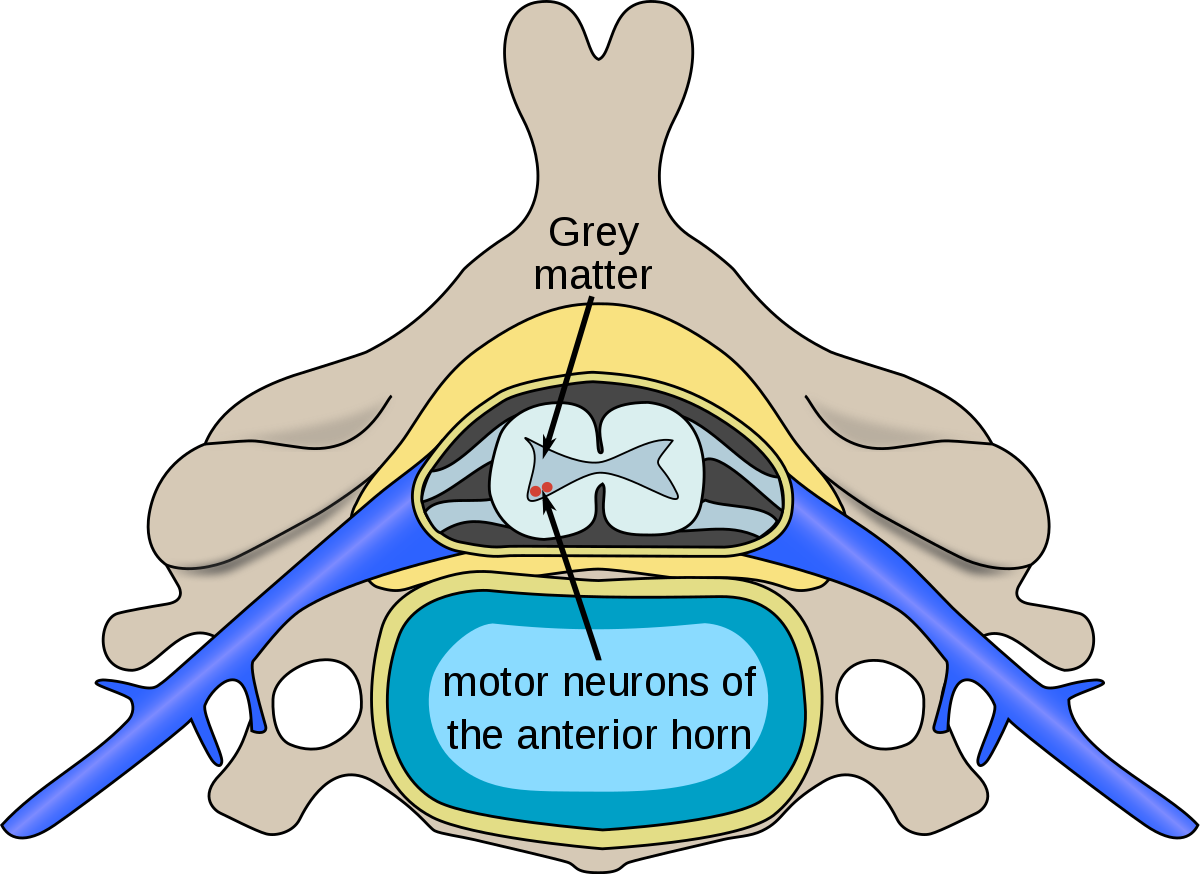Aspazija Sofijanova*, Besim Vejseli**
* Head of the Department for Neonatal and Pediatric Intensive Care and Therapy
Director of the JZU Clinic for Children's Diseases
Chairman of the Association of Pediatricians of the Republic of Macedonia
Skopje (North Macedonia)
** University Children’s Hospital
Skopje (North Macedonia)
Background:
Spinal Muscular Atrophies (SMAs) represent a group of autosomal-recessive disorders characterized by progressive weakening of lower motor neurons, first documented in the late 19th century by Werdnig and Hoffman. The introduction of disease-modifying therapies, such as Nusinersen (Spinraza®) and Risdiplam, marked a significant breakthrough, with Nusinersen receiving FDA and EMA approval in 2017. This essay delves into the experiences and clinical outcomes of SMA patients treated with Nusinersen and Risdiplam in North Macedonia, offering a 12-month follow-up.
Epidemiology:
SMA's prevalence is approximately 1 in 10,000 live births, with a carrier frequency of about 1 in 50. The severity of SMA varies, with early-onset cases associated with higher mortality rates, especially due to respiratory complications.
Initiating Spinraza in North Macedonia:
The year 2020 witnessed a groundbreaking chapter in North Macedonia's healthcare landscape with the introduction of Spinraza. This innovative therapy, administered intrathecally, aimed to modulate the splicing of the SMN2 gene, addressing the root cause of SMA. The collaborative effort involving healthcare professionals, regulatory bodies, and patient advocacy groups showcased the country's commitment to providing cutting-edge treatments.
Treatment and Assessment Schedule:
The essay outlines a detailed treatment and assessment schedule, highlighting the importance of a preparational day hospital evaluation, the loading phase with four Nusinersen administrations within the first 2 months, and subsequent treatments every 4 months. Intrathecal injections were administered by a multidisciplinary team, including neurologists, neuroradiologists, physical therapists, and pulmonary unit specialists.
Methods:
The retrospective examination involved eight SMA patients identified between January 2019 and January 2022. Demographic and clinical characteristics, genetic diagnoses, and therapeutic needs were recorded. Preterm and term neonates were treated with Nusinersen, with complications reported in three preterm cases, leading to two unfortunate deaths.
Figure 1: Treatment and assessment schedule. We began treatment shortly after a preparational day hospital evaluation. Within the first 2 months of treatment, four administrations of Nusinersen take place within the ‘loading phase’. The treatment has to be repeated every 4 months thereafter. Intrathecal injections of Nusinersen were conducted by neurologists and neuroradiologists, the assessments involved neurologists, physical therapists, the pulmonary unit, and the laboratory for blood and urine workup.
Clinical Outcomes:
The majority of term infants were released and moved to the neonatal critical care unit, underscoring the significance of early intervention with Nusinersen. A comprehensive assessment at the 12-month follow-up revealed a positive impact on motor capabilities in six out of eight patients, though challenges were noted in one patient who opted to discontinue Nusinersen medication.
Drug Administration and Unfavorable Outcomes:
Under the pioneering guidance of Prof. Aspazija Sofijanova (Chief of the Neonatal Intensive Care ,University Children's Hospital Campus Mother Theresa,Skopje,North Macedonia), the first to administer this groundbreaking therapy, intrathecal injections of Nusinersen were executed successfully over the reported time period. Notably, no serious adverse effects were observed after 40 applications, underscoring the therapy's commendable safety profile.
The successful administration of Nusinersen under the leadership of Prof. Sofijanova adds a significant dimension to the treatment narrative. Prof. Sofijanova's role as a pioneer in initiating and overseeing this therapy reflects not only on the success of the drug administration process but also on the expertise and dedication of the medical team.
This accomplishment not only reinforces the safety and feasibility of Nusinersen but also highlights the importance of skilled healthcare professionals in pioneering innovative treatments. Prof. Sofijanova's leadership in this context not only ensures the efficacy of the treatment but also instills confidence in the medical community and patients alike.
As the treatment progresses, collaboration between the Intensive Care Unit and Pediatric Neurology, guided by pioneers like Prof. Sofijanova, is indispensable for maintaining stringent standards of safety and efficacy. The absence of serious adverse effects after 40 applications not only attests to the therapy's safety but also positions Prof. Sofijanova as a trailblazer in advancing the field of Spinal Muscular Atrophy (SMA) treatment.
Additionally, the seamless continuation of the therapy with Risdiplam further demonstrates the adaptability and progressive nature of the collaborative effort between the Intensive Care Unit and Pediatric Neurology, guided by Prof. Sofijanova. In navigating this dynamic healthcare environment, the combined expertise of these units forms a robust foundation for optimal patient outcomes, ensuring a comprehensive and evolving approach to Spinal Muscular Atrophy (SMA) management.
The commitment to ongoing collaboration reflects a dedication not only to maintaining high standards of safety and effectiveness with Nusinersen but also to embracing innovative approaches in SMA treatment with the introduction of Risdiplam. This dual commitment exemplifies the team's adaptability and responsiveness to emerging therapies, contributing to the evolving landscape of SMA care.
Discussion
The essay emphasizes the critical importance of defining individual treatment objectives before initiating Nusinersen. It addresses complications in preterm and term infants, emphasizing the need for a multidisciplinary approach in managing SMA patients.
In conclusion, the experiences and clinical outcomes discussed in this essay underscore the transformative impact of Nusinersen and Risdiplam in treating SMA patients in North Macedonia. The collaborative efforts, comprehensive assessments, and a careful consideration of individual treatment objectives contribute to a holistic approach in managing this rare genetic disorder.
Bibliography
S Vendemmia, N Vendemmia, M Vendemmia. NUSINERSEN A New perspective for the future of SPINAL MUSCULAR ATROPHY? JPNIM, 14th International Workshop on Neonatology, Cagliari, October 24-27, 2018, ABS10
S Vendemmia, N Vendemmia, M Vendemmia. Nusinersen and montelukast: a new perspective in the therapy of spinal muscolar atrophy. Atti del Convegno X Incontro Nazionale, XXIV Giornate Neonatologiche e Pediatriche Normanne. Caserta 15-16 Febbraio 2019, pag. 167





